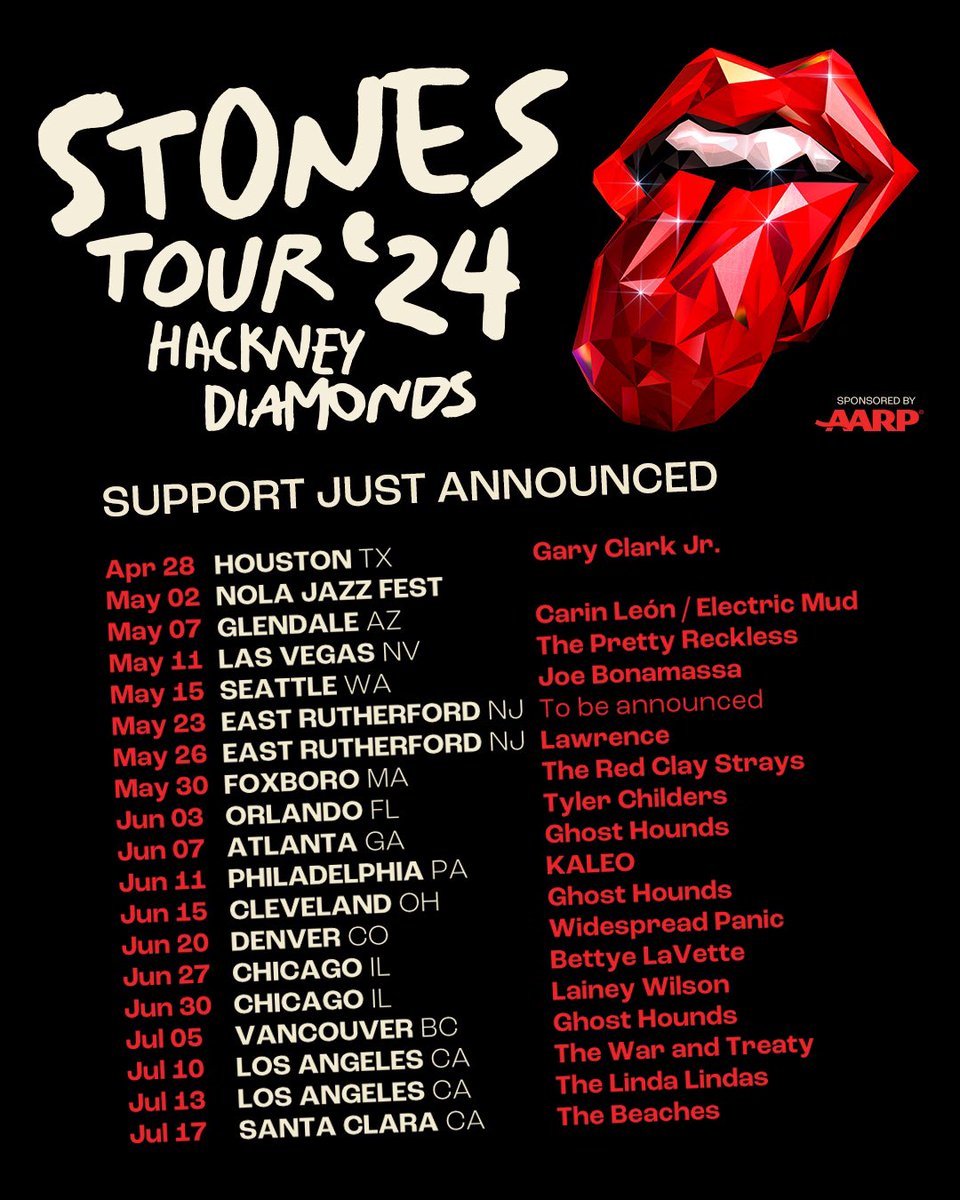SAN BERNARDINO: The man behind the name of the Swing Auditorium
Fred Bauman/The Press-Enterprise
The Rolling Stones caused a commotion when they arrived at the Swing Auditorium in San Bernardino, in spring 1964, for their first American concert.
BY MARK MUCKENFUSS April 11, 2014
Anyone who spent time as a teenager in San Bernardino in the 1960s or 1970s knew Ralph Swing.
Well, maybe they didn’t know Swing so much as they did his auditorium.
Swing was a native son of the city who had a local law practice before becoming one of California’s most influential state senators. He also was one of the local citrus industry’s biggest boosters; he helped found the first National Orange Show and served as manager and later board president.
So when a large auditorium was constructed on the show grounds in 1949, officials slapped Swing’s name on it. He retired from the state Senate in 1950 after 28 years of service that earned him the stature of dean of the senate. (Some references say he served 24 years, but others, including the political archives of JoinCalifornia, show Swing winning his first election in 1922 and every election after that through 1946.)
But the kids who lined up waiting for Alice Cooper or KISS to blow out their tender eardrums probably had no idea who Ralph was.
In fact, no one called it the Ralph Swing Auditorium. It wasn’t even called the Swing Auditorium. It was known simply as The Swing.
It wasn’t the greatest venue for sound quality, but it was the best the region had, and it drew plenty of worthwhile acts.
Most famously, it was the site of the first American concert by the Rolling Stones, in 1964. The group returned the following year.Later on, rock ’n’ roll legends such as Jimi Hendrix, Janis Joplin, the Grateful Dead, Jefferson Airplane, Elvis Presley, Led Zeppelin and Elton John visited its stage — John, on his first American tour, was actually second bill to Leon Russell.
In earlier years, performers of a different generation entertained the crowds. Jack Benny, Louis Armstrong and Sammy Davis Jr. were among the. Davis performed in a benefit there for San Bernardino Community Hospital, where had been treated after a serious automobile accident on Cajon Boulevard, Route 66. Davis lost his left eye in the crash.
And for a run of 13 years, Bob Hope appeared at The Swing as part of the entertainment for the National Orange Show.
That string of shows would have started before Swing died in 1961, at age 86.
The Swing Auditorium died in 1981, when a twin-engine Cessna crashed into it, killing the pilot and his passenger. Beyond repair, it was torn down.
Swing’s name doesn’t adorn anything else of significance in the city. Maybe it should. In addition to his promotion of the Orange Show, Swing had a big impact on San Bernardino. Some is still felt today.
In the 1910s, he represented San Bernardino in the city’s landmark legal battle with Riverside over control of local water. He was a leader in establishing the Metropolitan Water District in the mid-1920s. When Swing introduced that legislation with Hiram Johnson, the Los Angeles Daily Times called it "one of the most radical and socialistic proposals ever submitted to the State Legislature."
And Swing was a Republican.
He also was very non-Republican (at least by today’s standards) in how he saw the role of government. Instead of trying to eliminate it, he disseminated it, decentralizing state offices in Sacramento and establishing satellites in counties.
“We must take the government to the people, not require the people to come to the government,” he said.
He also took it upon himself to complete a petition for redress of a grievance written by Col. Isaac Williams, the original owner of the Chino Rancho, in 1850, but which had never been filed. Swing got the Legislature to restore Williams’ good name and considered it one of his most significant accomplishments.
Well, that and the Stones.
Contact Mark Muckenfuss at 951-368-9595 or
[email protected]Mark Muckenfuss
http://www.pe.com/local-news/san-bernardino-county/san-bernardino-county-headlin...













 Pages: 1
Pages: 1

